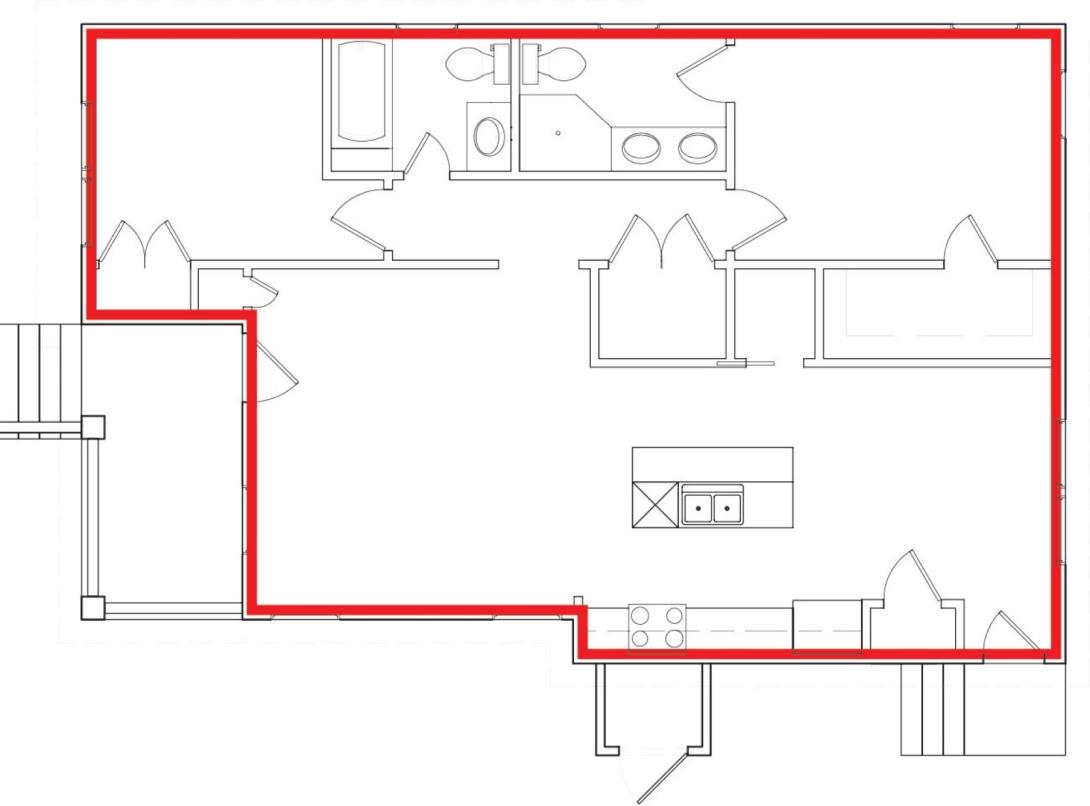
Exterior Finish
Continuous Air Barrier in Exterior Walls
A continuous air barrier should exist around the entire thermal envelope of the home. The air barrier may be installed on the interior side of the insulation, the exterior side of the insulation, or both, but to be effective, it must be in contact with the insulation, or thermal barrier.
Air leakage into and out of a home can account for 30% or more of a home's heating and cooling costs. The air barrier layer or layers prevent the unwanted entry of outside air and escape of inside air. It also can help control moisture, which can harbor mold and damage building materials. A continuous air barrier helps save energy and increase comfort inside the home.
Identify what materials will make up the air barrier in all components of the home’s thermal envelope, including walls, floors, and ceiling.
Next, install the continuous air barrier. It may consist of one or a combination of the following: rigid materials like foam board insulation, drywall, plywood, or OSB; flexible materials such as house wrap; fluid-applied membranes; and/or spray foam.
All seams, gaps, and holes in the air barrier must be sealed.